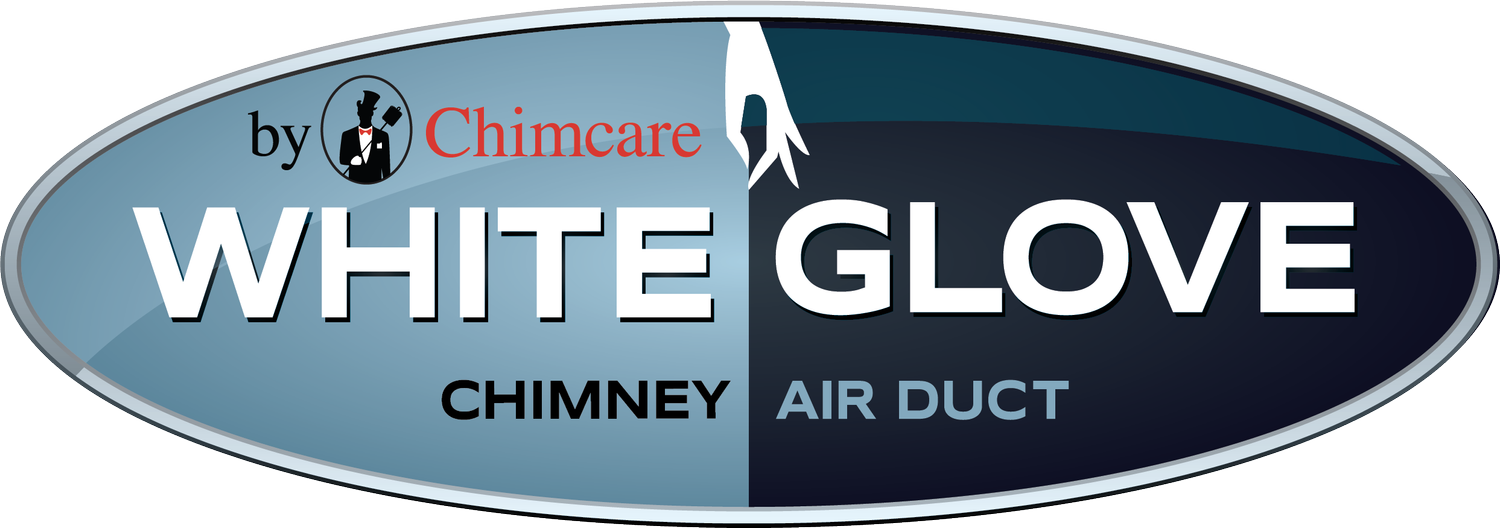Masonry Restoration
Masonry restoration runs the gamut from completely tearing down existing masonry and rebuilding it from scratch to cleaning and sealing masonry. Because of the inherent nature of the materials used to build traditional masonry chimneys— with the lone exception being those that have been adequately waterproofed already—water is naturally going to soak into the bricks and mortar. This water intrusion will ultimately speed up the weathering process and cause premature aging. The mortar between the bricks as well as the bricks themselves may begin to crumble over time because of the constant exposure to the elements. The damaged masonry can eventually fall away, exposing new areas to these same elements; it’s a vicious cycle. This leads to even more issues. If you’ve noticed any of this happening to your chimney, fear not; help is on the way!
My firebox needs some help…
The specific type of mortar used in fireboxes is called refractory mortar. This particular type of mortar holds up well when subjected to the cycle of heating and cooling that occurs in a firebox, as opposed to a more traditional Portland-cement-based mortar that is used elsewhere in home construction (although some builders will cut corners and use it in the construction of your firebox as well).In an effort to combat the issues that can be caused by using non-refractory mortars in locations that will be subjected to frequent high temperatures, most major building codes have added clauses requiring refractory mortar to be used. There are three general approaches available for use to repair damaged firebox mortar:
Scraping out and repointing the joints between the bricks with refractory mortar
Applying a thin coat of refractory mortar over the entire floor of the firebox
Removing damaged bricks and replacing them with castable refractory cement
No matter which approach is taken, thoroughly cleaning the surface before making the repair is crucial.
My mortar seems to be missing…
The damaged, old and loose mortar on your chimney can be removed from the joints between the bricks and then replaced with new mortar or masonry repair caulk during a process called tuckpointing. Only a skilled professional should repoint a chimney, as the work requires an experienced hand; it’s not that surprising that even brick masons who have years of experience in the trade might not have significant experience repointing chimneys. Tuckpointing is far more than just slapping some mortar into your chimney’s cracks, however. During this process, the existing mortar joint is cut to an appropriate depth and the joint is then packed with new mortar. The biggest challenge to repointing a chimney is simply determining just how much mortar is damaged and removing it without causing additional damage. Removing even a smidge too much can further compromise the structure of your chimney. The new mortar joint is then tapered to create a concave surface that directs water out of the joint. While all masonry will need repair at some point, chimneys are particularly susceptible to damage, as their location subjects them to constant exposure to the elements. Damaged chimney system masonry can create the conditions for potential fire and should be repaired or replaced immediately. This is yet another reason to have your chimney inspected regularly. Timely chimney repair will most certainly save you money, and who doesn’t like that? Our CSIA-certified technicians will give you peace of mind in knowing that your chimney will be safe and sound for many years to come.
